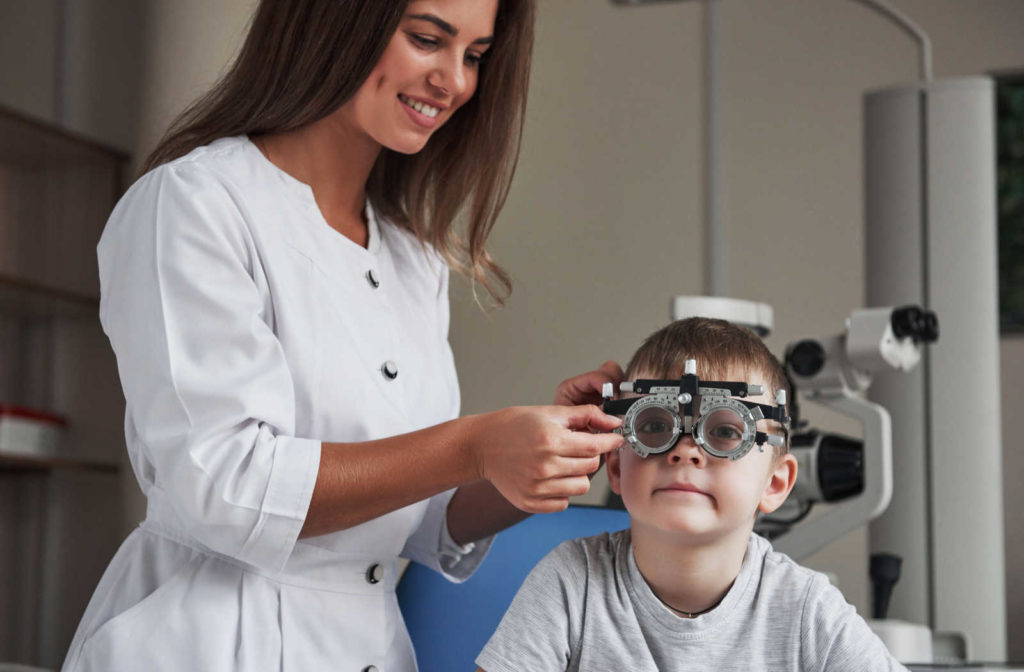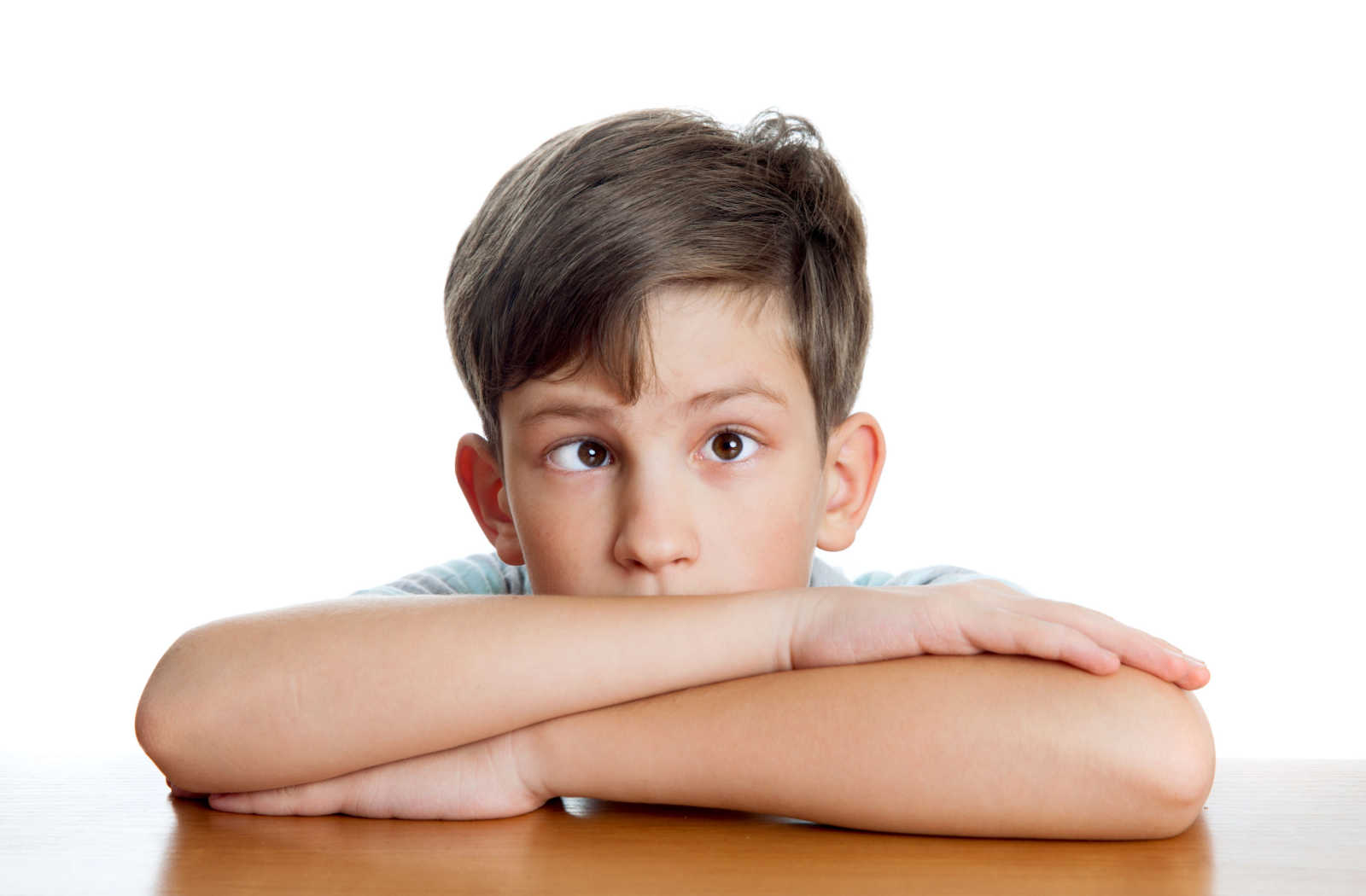There are many different childhood eye conditions that your child may experience. Two common childhood eye conditions are amblyopia (lazy eye) and strabismus (crossed eyes). When a child is experiencing strabismus, it can lead to amblyopia, though this is not always the case.
For children and adults alike, it’s important to have regular eye exams because there are many conditions that, if caught early, can be treated more effectively. Children should be starting their eye exams at 6 months of age.
Continue reading to learn more about the connection and differences between amblyopia and strabismus and how these conditions can be treated.
What Is Amblyopia?
Amblyopia, or lazy eye, is a condition in which there is weak vision or vision loss in one eye. Amblyopia is caused when eyes have varying levels of strength. The weaker eye makes less connections to the brain, eventually the lack of visual signals leads to amblyopia, or a lazy eye.
Amblyopia can be treated at any age, although the best results are seen when it is treated before age 7.
It is estimated that 2 to 4 percent of children under the age of 6 have amblyopia. If this condition goes untreated, it can lead to blindness in the affected eye. Children will often present symptoms of this by squinting their eyes or tilting their heads to see better.
Causes of Amblyopia
There are various causes that can result in amblyopia. Some of the causes that can result in amblyopia are:
- Strabismus: When strabismus occurs, the eyes are not aligned properly. If this goes untreated, the muscles in the eye don’t focus properly, and eventually, the brain ignores the signals coming from this eye.
- Refractive error: Severe farsightedness (hyperopia), nearsightedness (myopia), or astigmatism, a form of blurry vision can contribute to amblyopia. These issues, if untreated, cause the brain to get used to seeing blurry images, and this can result in amblyopia in one or both eyes.
- Depravation: Not all children who experience amblyopia will have crossed or wandering eyes. This condition can also be caused by a structural or anatomical problem in the eye that obstructs or blocks vision.
What Is Strabismus?
Strabismus, a crossed eye or turned out eye, is a muscle condition where the eyes are not properly aligned with each other. This condition can result in the child having double vision, or the affected eye may have suppression of vision. The eyes may turn inwards, outwards, up, or down, but all of these are the result of strabismus.
Signs & Symptoms of Amblyopia & Strabismus
Some of signs and symptoms of amblyopia can include:
- An eye that wanders in or outwards
- Abnormal results of vision screening tests
- Squinting or shutting of one eye or head tilting
- Poor depth perception
- Eyes that appear to not work together
Some signs and symptoms of strabismus can include:
- Your child bumping into things (poor depth perception)
- Eyes that are not moving together or don’t look in the same direction
- Tilting or turning their heads to look at things
- Squinting or closing one of their eyes in bright light or sunlight
If your child is presenting any of these symptoms, it is best to speak with your optometrist right away. They can help diagnose your child’s condition and recommend the best form of treatment.

Importance of Pediatric Eye Exams
There are some cases of amblyopia that will not be evident without a comprehensive eye exam. The earlier that children have their first eye exam, the better—there are many conditions that can be spotted within 6 to 9 months of age. When these conditions can be diagnosed early and monitored, your optometrist can recommend a personalized treatment plan for your child’s individual needs.
A child should start their first eye exam at 6 months old. As they age, they should get another exam between the ages of 2 years old and 5 years old to help set them up for academic success by addressing vision issues early before they begin school.
Treatment Options
There are many treatment options for both amblyopia and strabismus. With strabismus, children can often wear corrective glasses, have vision therapy treatment, or in some cases, undergo surgery. Amblyopia, if left untreated, can lead to the eye becoming functionally blind. Treatments for this include the use of an eye patch to make the weaker eye stronger, vision therapy, glasses, or contact lenses.
Children’s Eye Exams in Surrey, BC
Should your child be presenting any of the above-mentioned symptoms or if you want to learn more about these conditions, book an appointment today with the optometrist at Annike Eye Care.



